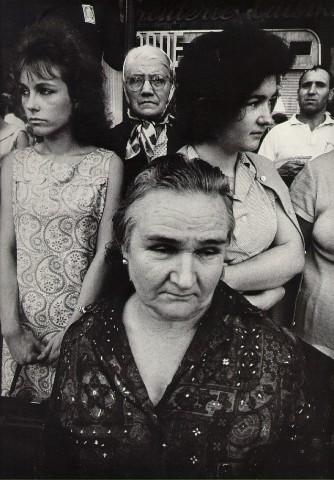In the counselling session one must at some point touch the Child ego state of the client. It needs to feel that there has been some contact with the therapist. If this does not happen the client will feel that not much is happening and drift away. Once the Child is touched or cathected then it can be worked with to change the thoughts and feelings associated with the current script.
Many, many ways of doing this have been devised by therapies over the years. For example; free association, hypnosis, redecision, dream work, two chair, psychodrama, art therapy, primal scream, flotation tanks, EFT, dance therapy, massage, rebirthing, EMDR, body work of various kinds and so on endlessly. Usually when a new psychotherapy technique hits town this is what it is. It is a new and undiscovered way for people to open up their Child. Hence it is usually seen as exciting and for some it becomes the panacea of all the ills in life. Over the years many a snake oil salesmen has used this need of people to have a new way to release the Child ego state and cashed in on it, at times very successfully.

I am not saying that new psychotherapy techniques are the equipment of charlatans. The more techniques the better as each of us will fit better with one way of opening up our Child ego state than with another. It is better to have the choice of ten medicines than to be restricted to only one choice of medicine.
How Child is brought into the counselling session
1. Feelings. The client can present their Child with the expression of feeling. The client may have had some event happen such as the death of a loved one, they got the sack, they are bullied at work, their spouse has threatened to leave and so on endlessly. By the pure act of talking about it the client starts to show feelings and hence the therapist is left sitting right in front of the Child ego state.
What does one then do? First allow the expression which is therapeutic in itself (usually) then look for how the feeling is used to support the script. The client who is emotional is in a unbalanced psychological state and thus they are more ready to be able to change their script than if they are balanced and stable emotionally. This is where the intellectual and cognitive therapies can get into trouble because they do not do this.

2. Contracts for taking the client out of their comfort zone.
This can be seen as putting the client on the left foot. Do not give people what they expect. If a client comes to therapy and gets exactly what they expected then the session would have been of limited use.
One looks for the major factors in the persons life that currently keep them in their script. It could be a particular job, a relationship, a recreational activity such as substance use or promiscuous behaviour, a particularly discounting peer group, dangerous behaviour of some kind.
Suggest some contract that puts the Child ego state under pressure and pushes the client a bit such as a home visit counselling session. Something that makes them take a risk. This is at times necessary. If it was easy to do the client would have done it already and would not need a therapist’s help. This is where the non-confrontative therapies can fall down and flounder. Unfortunately love or unconditional positive regard for the client or whatever you want to call it is not always enough. It is a great help but not enough on its own.
Sometimes you hear therapists say that the client must not get angry at you or they wont come back. Or if the client feels unhappy when they leave then they wont come back. I have found the opposite to be true. They are more likely to come back than if they stay in their comfort zones. Psychotherapy is not meant to be a happy pill.

3. Polarities.
Look for the polarities in the client which in one way is doing the same as number 2. Polarities allow the client to hide from self. We all have a personality that has certain features or characteristics. We have these because we have discovered that they work for us in the world. They allow us to get on in a way that allows our script to continue and get strokes. So in this way our personality characteristics are an adaptation and we tend to get stuck in them and avoid the opposite or polarity of those.
The therapist searches for the polarity and then urges the expression of it. This will to some extent be the expression of the Free Child. If a client is loud and brash find the quiet timid part and urge its expression. Look for the male and female components to the personality and urge the expression of the polarity. If the client is active look for their passive side and encourage its expression. Think of a couple of features of your personality and then be the opposite as this is what you are hiding from.
Conclusion
These are just three ways by which the Child ego state in the client can come into the therapy room and be met by the therapist. It has to happen one way or another. I would want it to happen at least once in each session I have with a client. If this does not happen the client will have sense of therapy not really getting any where and they drift off and understandably so.
Graffiti


0 comments:
Post a Comment